Teotihuacan
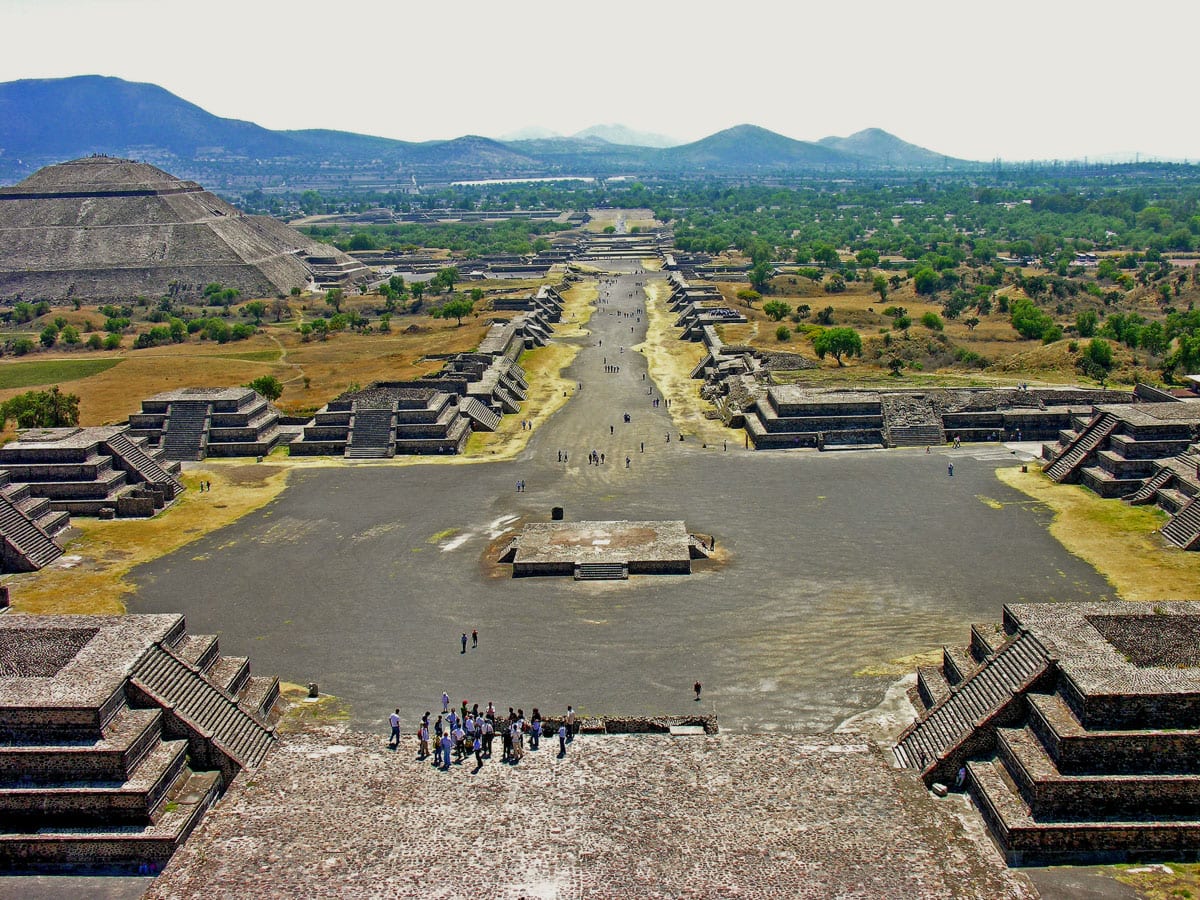
One of the largest ancient cities in the world with numerous monuments of architecture and art. Established sometime around 200 BC and was abandoned in the 7th – 8th centuries AD. A hugely impressive monument of urban planning is Avenue of the Dead. The pyramid of the Sun is the third largest ancient pyramid in the world. Height – 71,2 m. The pyramid of the Moon is an older pyramid from 200 – 450 AD, 42 m high.
Great Pyramid of Cholula
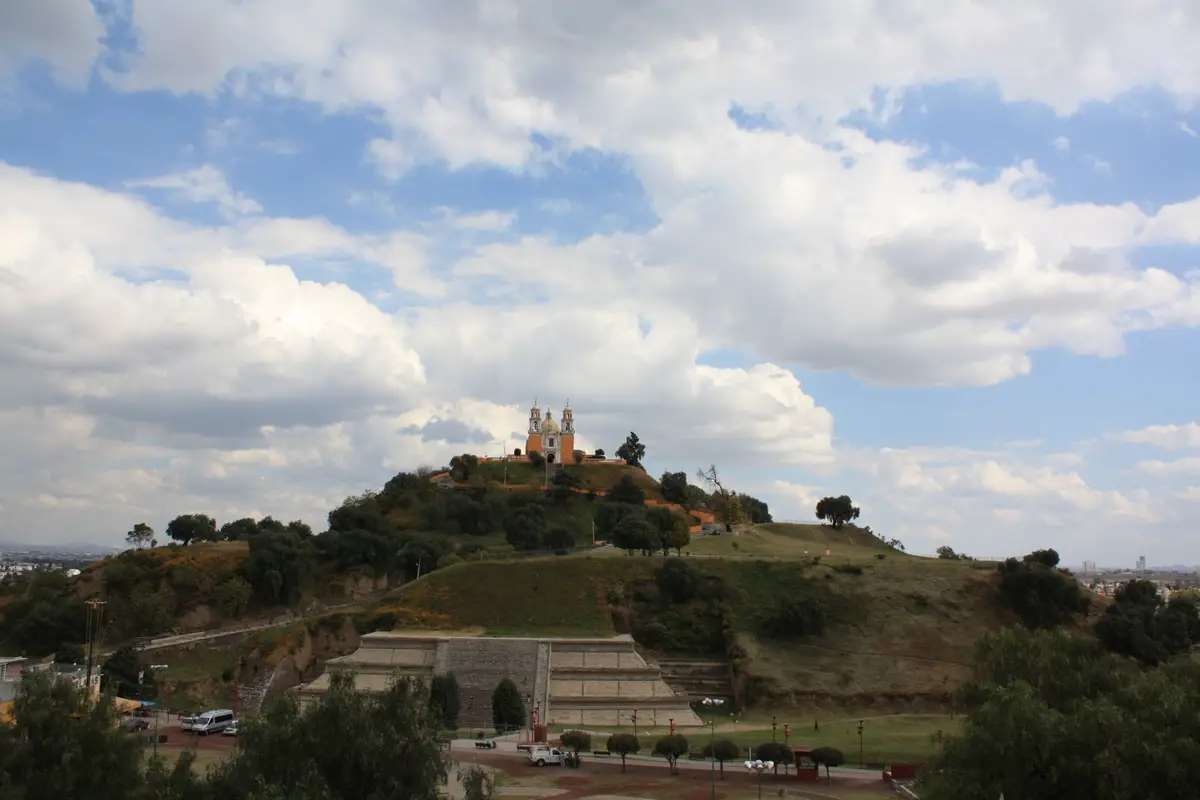
World’s largest structure, built in the 3rd century BC – 9th century AD. The base of the pyramid is 450 x 450 m, height – 66 m. The volume of the construction material exceeds the volume of the Great Pyramid of Giza nearly two times.
Los Guachimontones
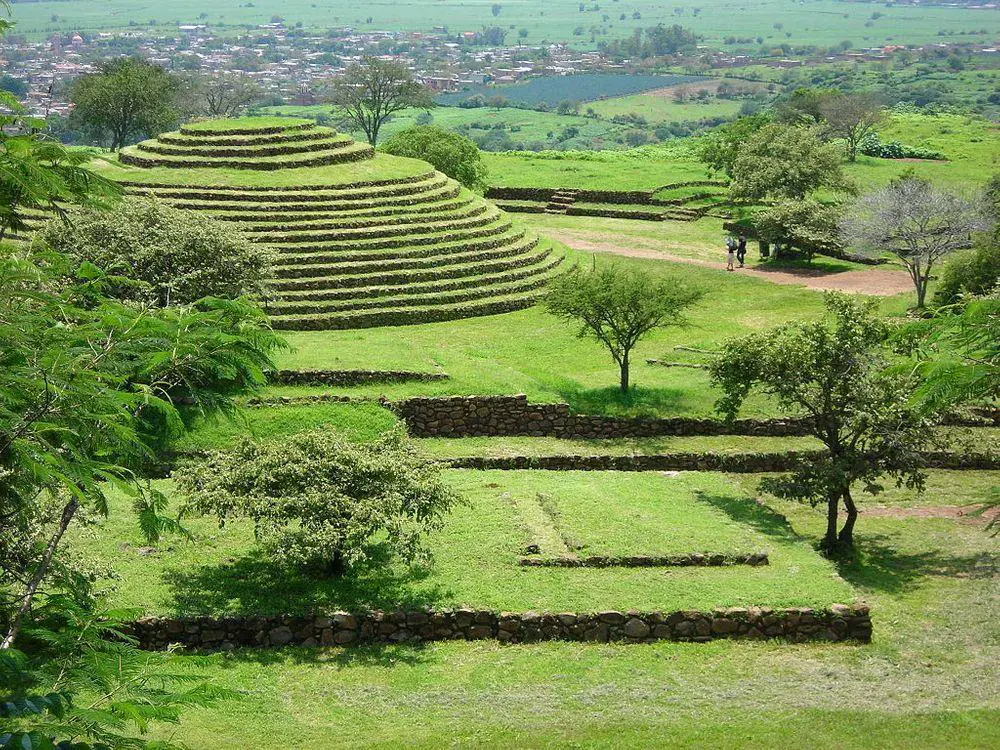
Remnants of the ancient city of Teuchitlan culture, 300 BC – 900 AD. Characteristic monument – 10 unusual stepped circular pyramids up to 18 m high.
Monte Albán
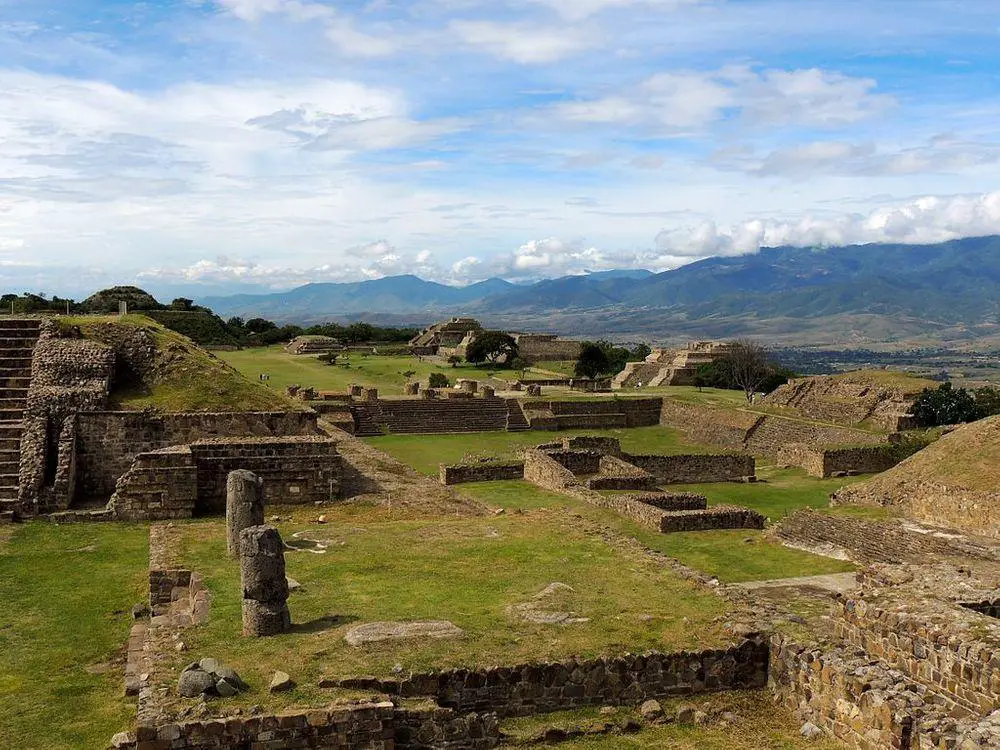
One of the earliest urban centers in Mesoamerica, a center of Zapotec culture for nearly 1000 years. Founded sometime around 500 BC and inhabited until 750 AD. Contains remnants of many impressive structures such as Main Plaza, Ballgame Court, numerous stone carvings.
Mitla
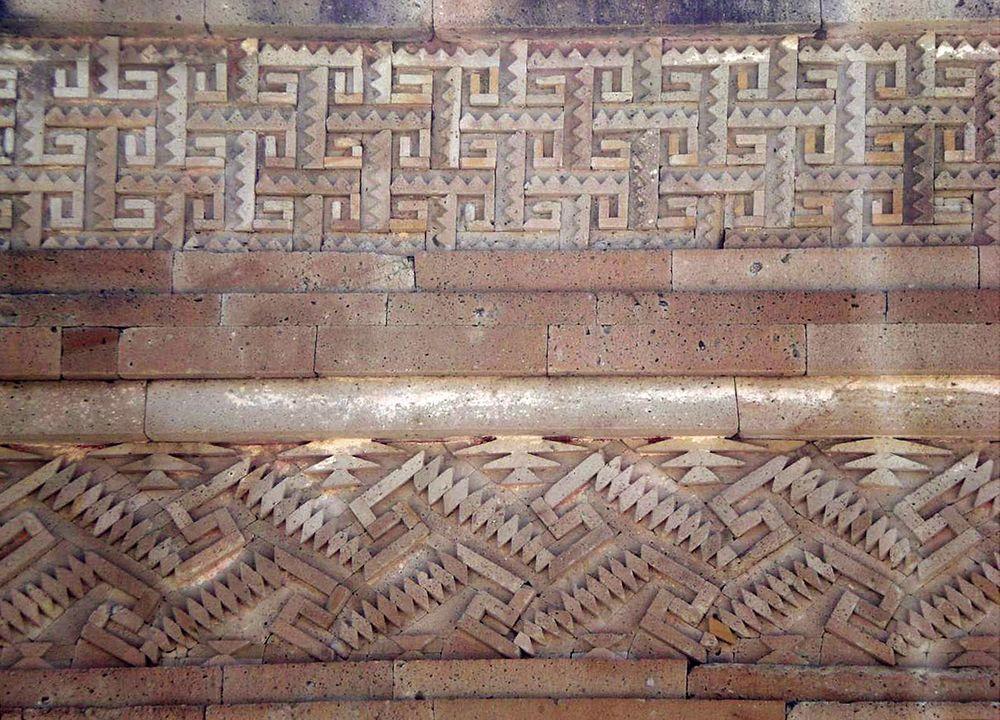
The most important religious center for the ancient Zapotec culture, developed in 900 BC – 1521 AD. Renowned due to elaborate mosaic fretwork adorning the facades of the buildings, panels, tombs. History of the city continued until destruction by Spanish in middle of the 16th century.
Rock Paintings of Sierra de San Francisco
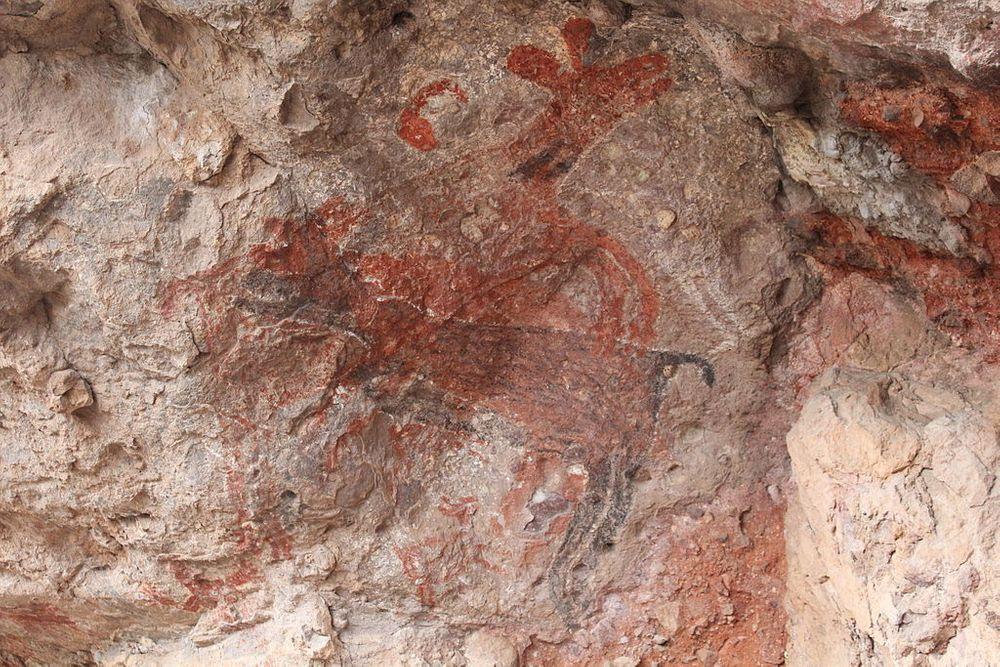
One of the most significant collections of prehistoric art in the world. Diverse prehistoric rock paintings of high artistic quality and well preserved in the dry climate of Baja California. Created in 1100 BC – 1300 AD. Coordinates show the approximate location of Guadalupe Petroglyphs, but there are many more, such as Cueva del Batequi, Cueva de la Natividad, Cerro de Santa Marta, Cueva de la Soledad, Cueva de las Flechas, Gruta del Brinco and many others.
Hueyatlaco archaeological site
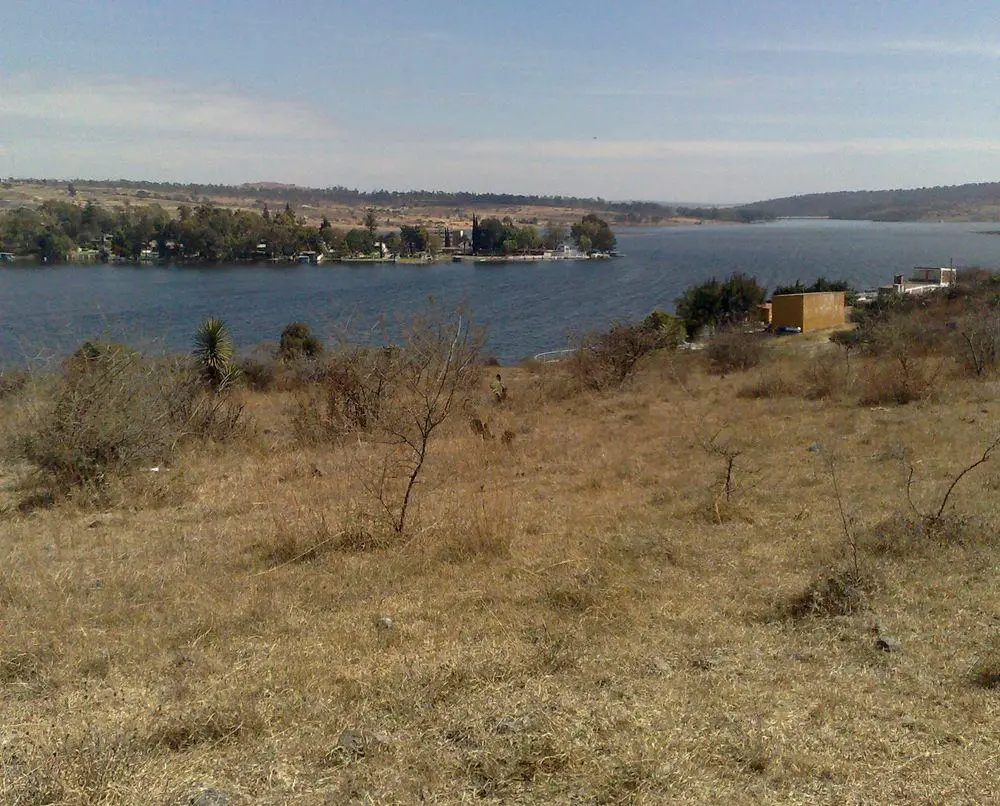
Mysterious find – sophisticated man-made tools in 250,000 years old strata. This does not fit with the theory of the habitation of New World. This theory envisages that people here came much later.
Possible Maya bridge at Yaxchilan
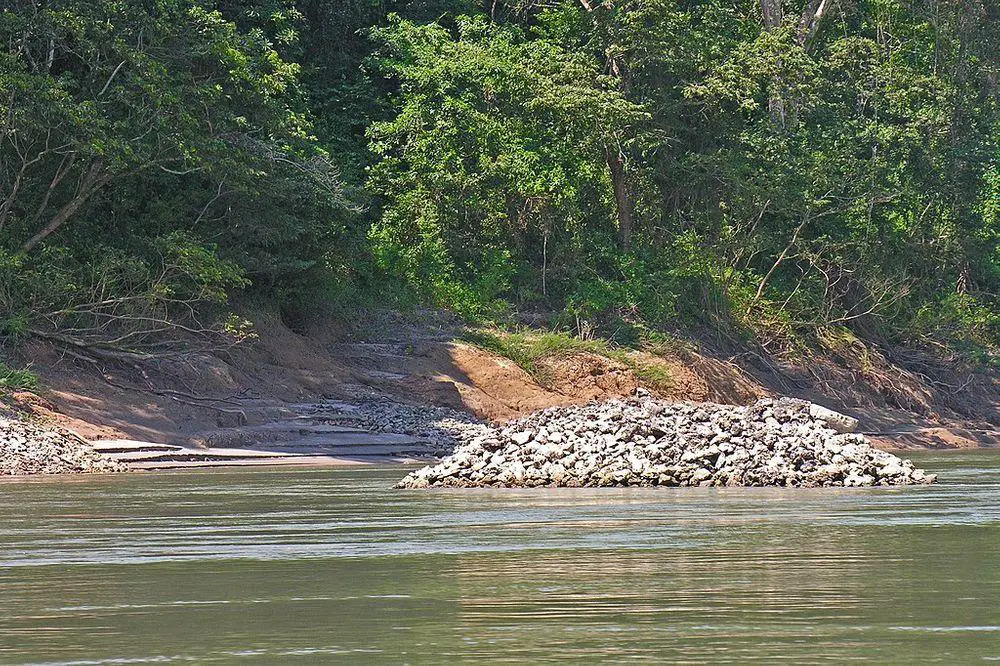
Structures at the banks of Usumacinta River and in the middle of it hint at the existence of the longest bridge of the ancient world. The bridge was approximately 200 m long and had two pylons in the river.
Tahtzibichen Labyrinth
Natural cave labyrinth, Mayan site. Contains stone temples, small pyramids, sculptures, ceramics, human remains. Part of caves is inundated.
Uxmal
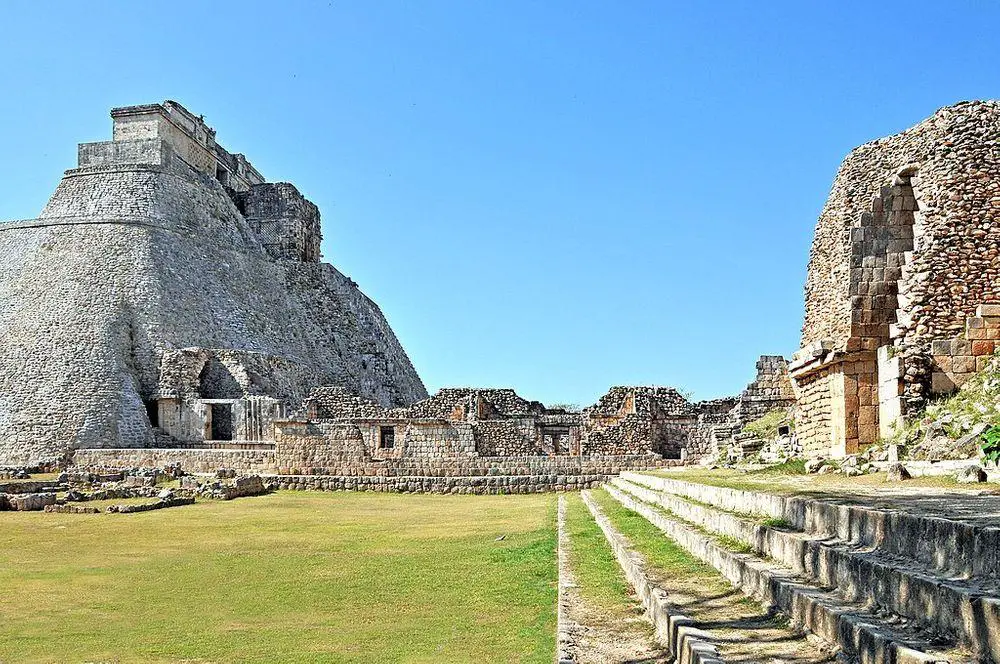
Once an important center of the ancient Maya culture with well-preserved structures. Flourished in 700 – 1100 AD. The architecture of Uxmal is considered to be of very high quality visually and structurally and belongs to the best achievements of the Puuc style.
